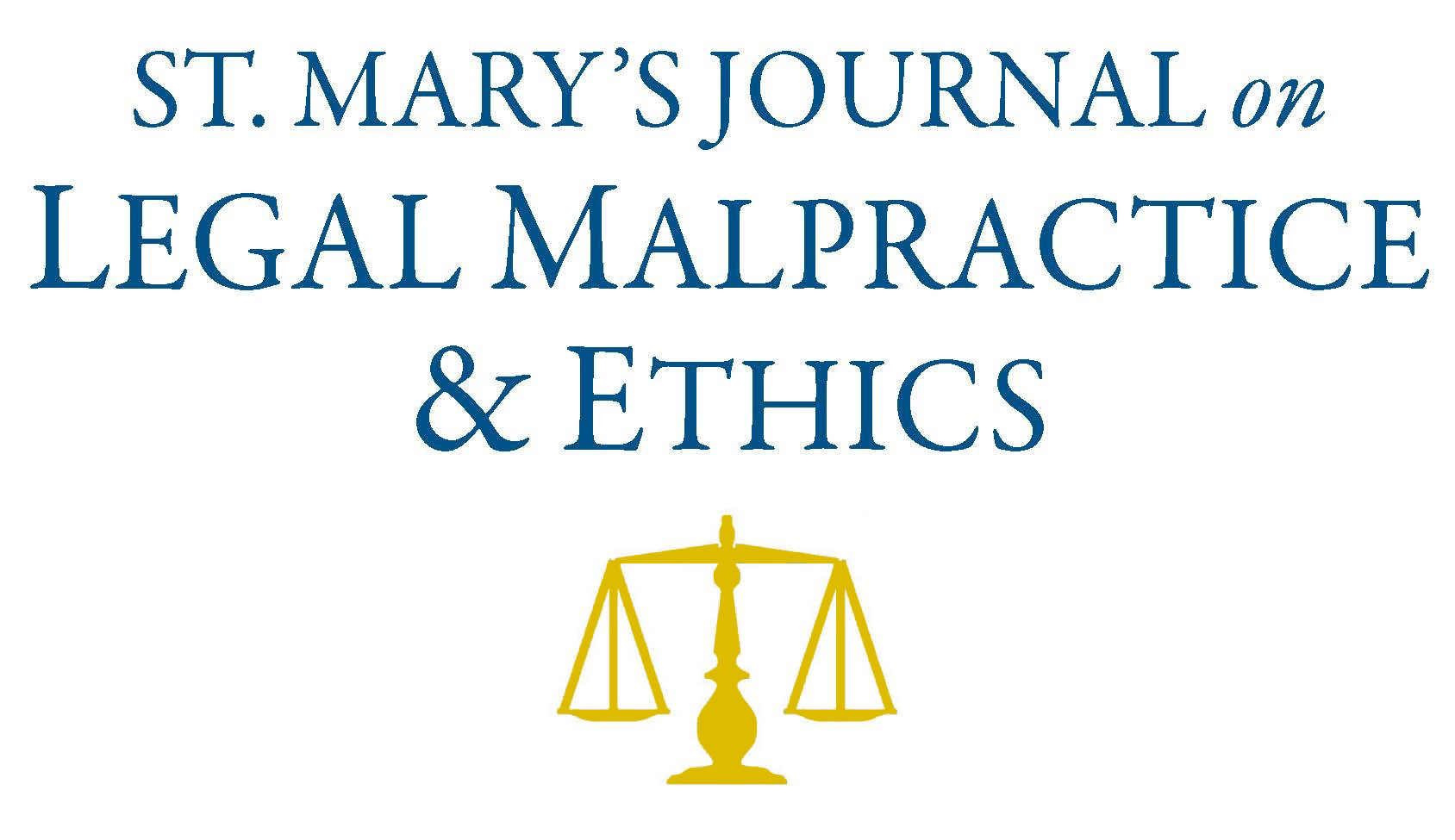
First Page
372
Date Created
1-1-2012
Publisher
St. Mary's University School of Law
Editor
Allison S. Ellis
Last Page
415
Abstract
Indigent defense remains in a state of crisis. Almost fifty years after the Supreme Court's landmark decision in Gideon v. Wainwright, lack of funding, favoritism, inefficiency, and poorly-designed indigent[1]defense plans plague the system, which can best be characterized as being in a state of disrepair. As a result, accused indigent individuals, a vulnerable population, suffer from a lack of adequate representation. This Article reviews the history and implementation of various indigent-defense systems and examines the ethical issues arising from their operation. It offers a guide to reconstructing a model system, including the suggestion that attorneys first recommit the profession to service. The Article then examines how one of the most successful programs in the country, the San Mateo (California) Private Defender Program, could be implemented by having local governments contract with bar associations to provide indigent defense.
Recommended Citation
Bill Piatt,
Reinventing the Wheel: Constructing Ethical Approaches to State Indigent Legal Defense Systems.,
2
St. Mary's J. on Legal Malpractice & Ethics
372
(2012).
Available at:
https://commons.stmarytx.edu/lmej/vol2/iss1/17
Included in
Law and Society Commons, Legal Ethics and Professional Responsibility Commons, State and Local Government Law Commons

